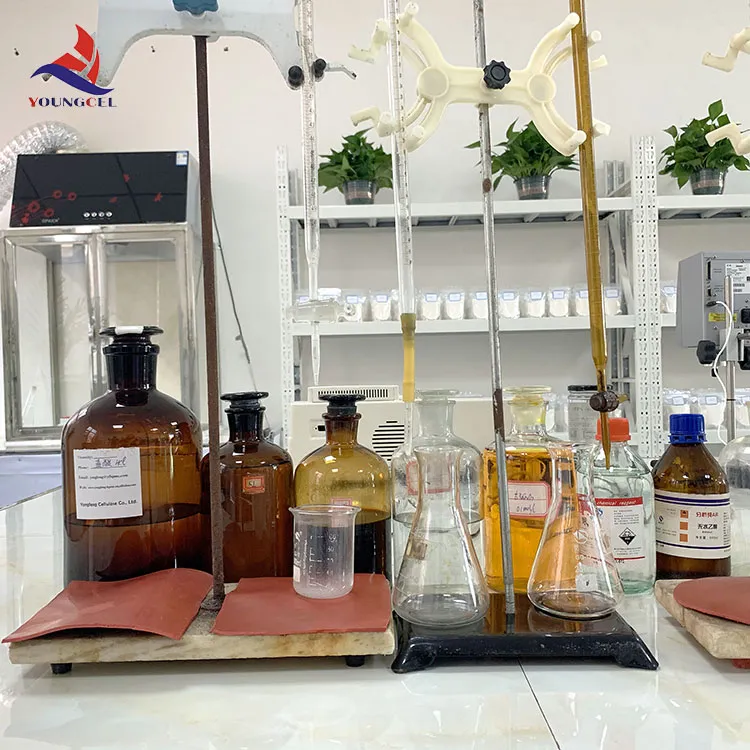The Importance of Construction Adhesives in Modern Building Practices
In the realm of construction, adhesives have gone from being a supplementary tool to an essential component in many applications. Construction adhesives have transformed how materials are joined, providing strong, lasting bonds that enhance the structural integrity and durability of a project. This article delves into the significance, types, and applications of construction adhesives in modern building practices.
What are Construction Adhesives?
Construction adhesives are specialized formulations designed to bond a variety of materials, including wood, metal, concrete, and plastic. Unlike traditional fasteners such as nails and screws, adhesives offer a smooth, invisible finish that enhances the aesthetic appeal of the work. They are available in various forms, including liquid, gel, and tape, allowing for versatile applications tailored to specific needs.
Types of Construction Adhesives
1. Polyurethane Adhesives Known for their exceptional strength and flexibility, polyurethane adhesives are ideal for outdoor projects since they are resistant to moisture and temperature fluctuations. They bond effectively with porous and non-porous materials alike.
2. Epoxy Adhesives Comprising two components—resin and hardener—epoxy adhesives are famous for their durability and resistance to chemicals. They are commonly used in heavy industrial applications and for bonding metals and plastics.
3. Latex Adhesives Often used for interior applications, latex adhesives are water-based and easy to clean. They provide a decent bond for materials like drywall and paneling, making them ideal for residential construction.
4. Silicone Adhesives Known for their flexibility and waterproof properties, silicone adhesives are perfect for sealing applications, particularly in environments exposed to moisture, such as bathrooms and kitchens.
Applications of Construction Adhesives
construction adhesive

Construction adhesives find applications in various areas, fundamentally changing how structures are built and maintained
1. Flooring Adhesives are essential in installing hardwood, laminate, tile, and carpet flooring. They help secure the flooring in place, reducing the likelihood of warping or movement over time.
2. Roofing In roofing systems, adhesives are used to bond shingles and other materials, providing a weatherproof seal that protects the structure from leaks and damage.
3. Paneling and Trim The application of adhesive in wall paneling and trim installation eliminates the need for visible fasteners, providing a cleaner finish. It also helps in maintaining the alignment of the pieces during the curing process.
4. Structural Applications In some cases, adhesives are used to bond structural materials such as laminates in engineered wood products, contributing to the overall strength and stability of the structure.
Benefits of Construction Adhesives
The advantages of using construction adhesives are manifold. They not only save time and labor but also reduce the number of mechanical fasteners required, streamlining the construction process. Adhesives provide a uniform distribution of stress across the bonded surfaces, enhancing the resilience and longevity of the materials involved. Furthermore, advancements in adhesive technology have led to environmentally friendly options, contributing to sustainable building practices.
Conclusion
As the construction industry evolves, the role of construction adhesives becomes increasingly vital. They facilitate efficient building methods, enhance aesthetic appeal, and improve the structural performance of projects. Understanding the various types of adhesives and their applications enables builders and contractors to select the right solution for each unique challenge, paving the way for innovative construction that meets the demands of modern society. Whether it's a residential home or a commercial building, construction adhesives are a cornerstone of effective and lasting construction practices.
-
Rdp Powder: Key Considerations for Wholesalers in the Building Materials IndustryNewsJul.08,2025
-
Key Considerations for Wholesalers: Navigating the World of Hpmc - Based ProductsNewsJul.08,2025
-
Hpmc Detergent: Key Considerations for WholesalersNewsJul.08,2025
-
Key Considerations for Wholesalers: China Hpmc For Tile Adhesive, Coating Additives, Concrete Additives, and MoreNewsJul.08,2025
-
Crucial Considerations for Wholesalers: Navigating the World of Construction MaterialsNewsJul.08,2025
-
Key Considerations for Wholesalers Sourcing Additive For Cement, Additive For Concrete, Additive For Putty from Additive Manufacturer Shijiazhuang Gaocheng District Yongfeng Cellulose Co., Ltd.NewsJul.08,2025




